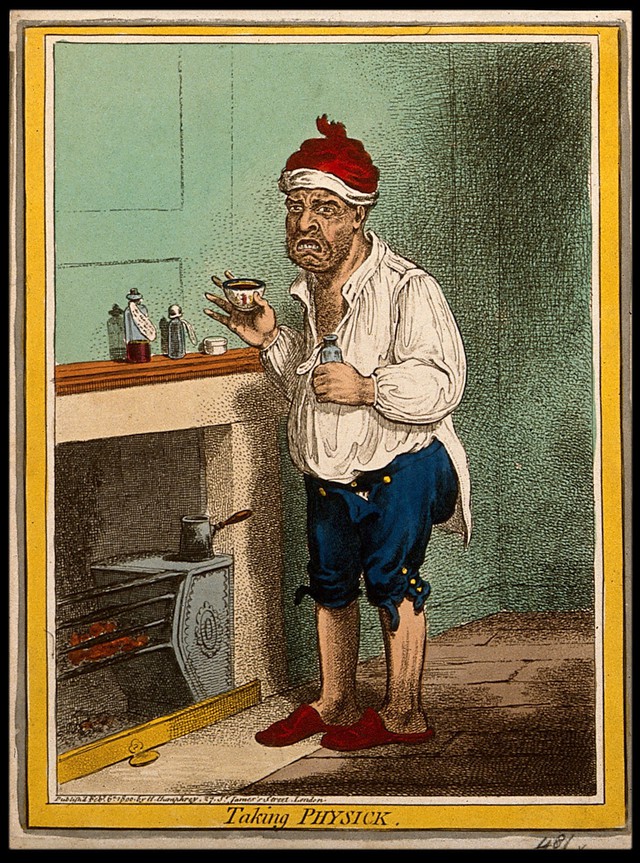It’s been cold enough this winter that I’ve had to turn on my heater more than a few times (some winters I never use it). Moving through my hundred year old house, I find the cold pockets and drafty spots, and I think about how my characters must have experienced winter in their much colder climate and high-ceilinged homes.

Note the coal basket in the fireplace in the image above, with the small attached stove or “hob”.
Especially when most people relied upon coal to heat their homes (coal does not put out much in the way of heat when you get any distance from it). In Cruickshank and Burton’s “Life in the Georgian City” they say this about London and coal:
“Foreigners were not only shocked by the ‘black smoeks [and] caustic vapors’ and the way they ‘poison the air we breath’, but also by the fact that, after all this, coal gave off so little hat. As Geijer observed: ‘They…do not know what a warm room means. Porcelain stoves are unknown…A few forgotten coals like in the grate when it is cold, but the warmth goes the same way as the smoke and the smell, out through the chimney.”

Again, in the image above, note the coal basket, this time somewhat larger and more impressive.
A visitor from France further observed that ‘None but people of the first quality burn wood at London, and they too only in the Bed Chamber; yet I do not find that wood is very expensive in England…The smoke that rises from this [the coal fire] is horribly thick…all things considered, a wood fire must be owned to be much more agreeable.’
It was this smoke that made London buildings grey and grimy and caused the peculiar yellow fogs for which the City was infamous (the “pea soup” descriptor dates to 1820 in print and was thus probably around colloquially long before that).
